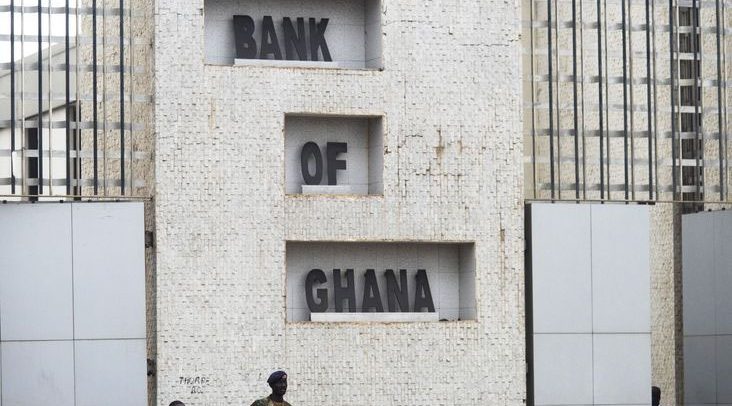Bank of Ghana (BoG) has indicated that the total asset base of commercial banks in Ghana continue to remain strong despite the economic challenges posed by the outbreak of the novel coronavirus.
Addressing the 95th Monetary Policy Committee (MPC) Press Conference, Governor of BoG, Dr. Ernest Addison, said total bank asset base expanded by 23.2 percent in year-on-year terms to GH¢139 billion at end-June 2020.
He noted that the data shows recoveries from loans, a significant increase in deposits growth, and borrowing from parent companies have funded banks investments, while these factors, in addition to regulatory reliefs provided earlier in the year by the Bank of Ghana have supported lending to the rest of the economy.
According to him, there are indications of a gradual rebound in credit growth in response to the previously announced policy measures aimed at supporting credit extension and loan restructuring in response to the pandemic’s impact on local businesses.
Dr Addison revealed that results of the latest stress tests conducted by the Bank in July 2020 are reassuring and indicate that banks are well-positioned to withstand moderate liquidity and credit shocks due to the existence of strong capital buffers.
In a typical scenario of a credit default leading to the emergence of higher NPLs, the stress test results show that the necessary provisioning could be comfortably absorbed, he said.
“Banking sector data as at June 2020 continue to show robust performance despite the emerging risks posed by the pandemic on the sector’s operations,” Dr. Addison explained.
“Weaknesses in key financial performance indicators observed in the first quarter of 2020 seem to have improved somewhat in the second quarter in response to the various policy measures announced by the Bank of Ghana in March and May 2020. Although the financial soundness indicators remain strong, the industry’s profitability performance has been adversely impacted by higher operational costs due to measures being put in place to limit the impact of the pandemic on bank’s operations.”
“These measures are to ensure business continuity and higher loan-loss provisions due to repayment challenges by clients who have been severely affected by COVID-19. Sectors mostly affected by the pandemic and consequently loan repayments to the banks and SDIs include the services, commerce & finance, and manufacturing,” he said.
These conditions have heightened the risk of loan default in the
banking sector and is pushing non-performing loans up.
By Melvin Tarlue

